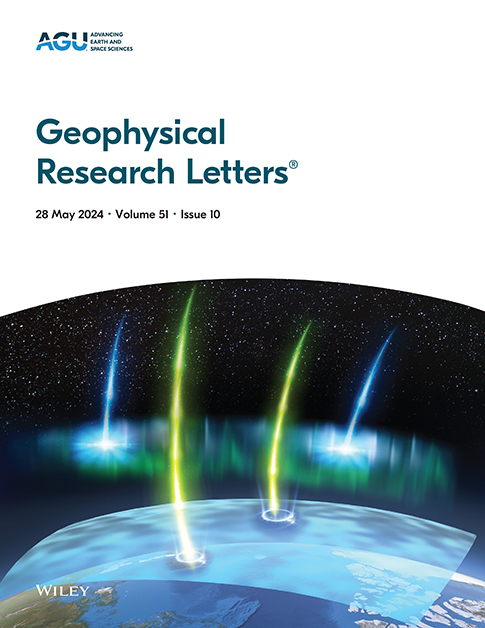引人注目的2024年北大西洋季中飓风平静
IF 4.6
1区 地球科学
Q1 GEOSCIENCES, MULTIDISCIPLINARY
引用次数: 0
摘要
2024年北大西洋(以下简称大西洋)飓风季节迅速开始,有记录以来最早的5级飓风(贝里尔)和8月14日形成的三场飓风。在欧内斯托于8月20日消散后,大西洋飓风季在飓风季的气候高峰期间变得极为平静,直至9月23日只有一场2级飓风(弗朗辛)和一场热带风暴。几个环境因素可能导致了这种意想不到的长期平静。在8月中下旬,亚季节性条件大体上有利于大西洋飓风的形成,但非洲东风波出现纬度的北移也减少了热带气旋种子扰动,这些扰动也穿过了不利的凉爽海水。在9月初至9月中旬,由马登-朱利安涛动(Madden - Julian oscillation)驱动的亚季节变率不利于飓风活动,在大西洋中部出现了几轮垂直风切变的增加。在平静期的大部分时间里,热带大西洋异常干燥和下沉,抑制了飓风形成的机会。本文章由计算机程序翻译,如有差异,请以英文原文为准。
The Remarkable 2024 North Atlantic Mid‐Season Hurricane Lull
The 2024 North Atlantic (hereafter Atlantic) hurricane season started quickly, with the earliest Category 5 on record (Beryl) and three hurricanes forming through 14 August. Following Ernesto's dissipation on 20 August, the Atlantic hurricane season became extremely quiet during the climatological peak of hurricane season, with only one Category 2 hurricane (Francine) and one tropical storm through 23 September. Several environmental factors likely contributed to this unexpected, prolonged lull. During mid‐to‐late August, subseasonal conditions were broadly favorable for Atlantic hurricanes, but a northward shift in African easterly wave emergence latitude yielded fewer tropical cyclone seed disturbances that also traversed unfavorably cool ocean water. During early‐to‐mid September, subseasonal variability driven by the Madden‐Julian oscillation was less conducive to hurricane activity, with several bouts of increased vertical wind shear across the central Atlantic. Throughout most of the lull, the tropical Atlantic was anomalously dry and subsident, suppressing hurricane formation chances.
求助全文
通过发布文献求助,成功后即可免费获取论文全文。
去求助
来源期刊

Geophysical Research Letters
地学-地球科学综合
CiteScore
9.00
自引率
9.60%
发文量
1588
审稿时长
2.2 months
期刊介绍:
Geophysical Research Letters (GRL) publishes high-impact, innovative, and timely research on major scientific advances in all the major geoscience disciplines. Papers are communications-length articles and should have broad and immediate implications in their discipline or across the geosciences. GRLmaintains the fastest turn-around of all high-impact publications in the geosciences and works closely with authors to ensure broad visibility of top papers.
 求助内容:
求助内容: 应助结果提醒方式:
应助结果提醒方式:


